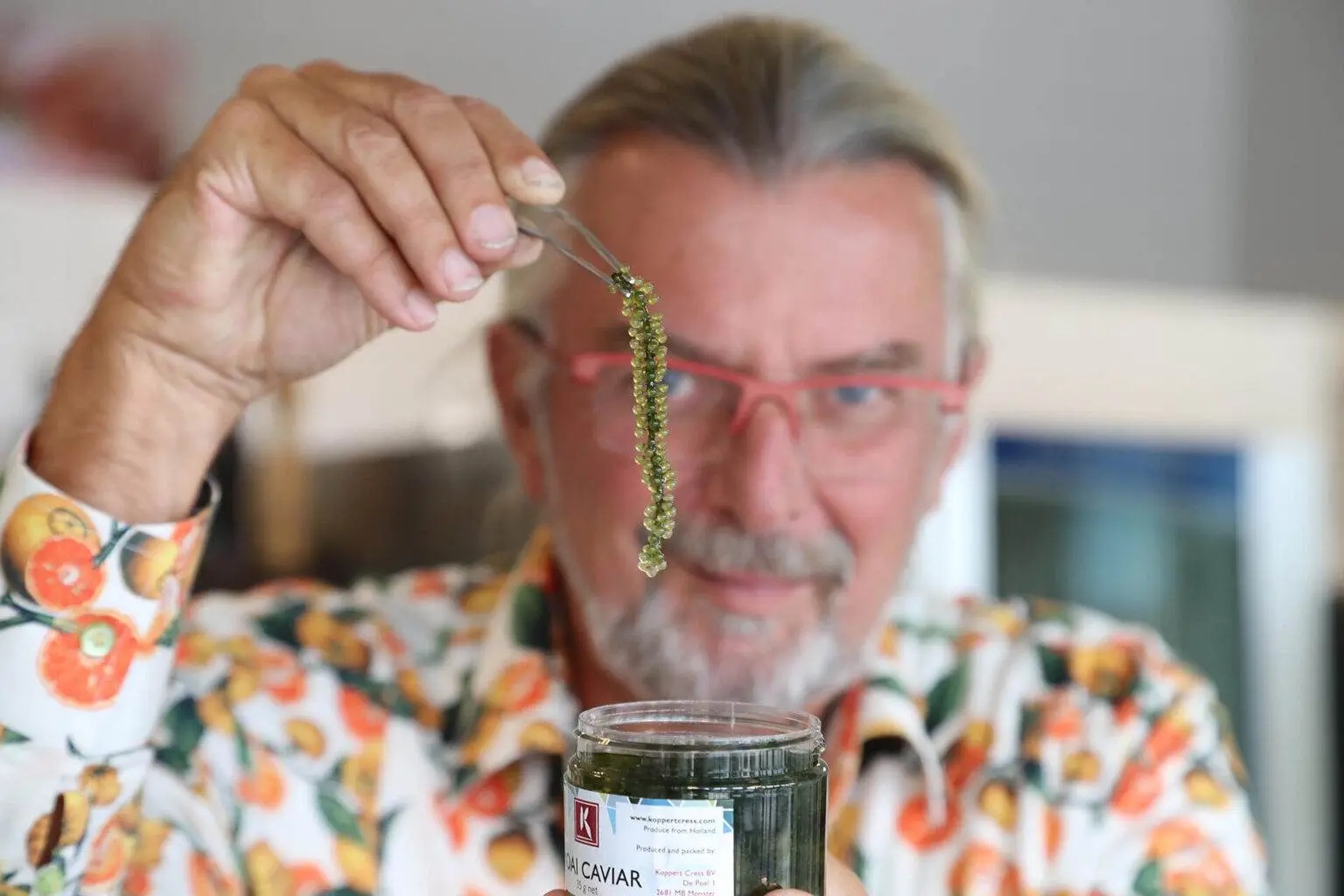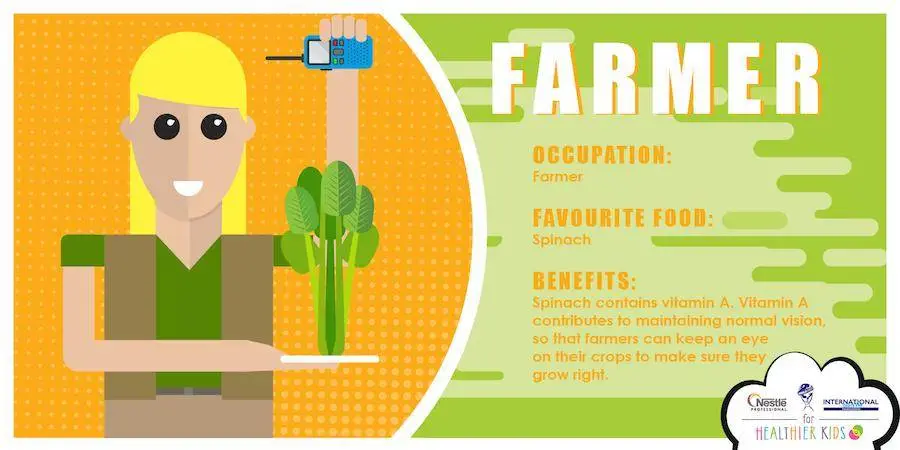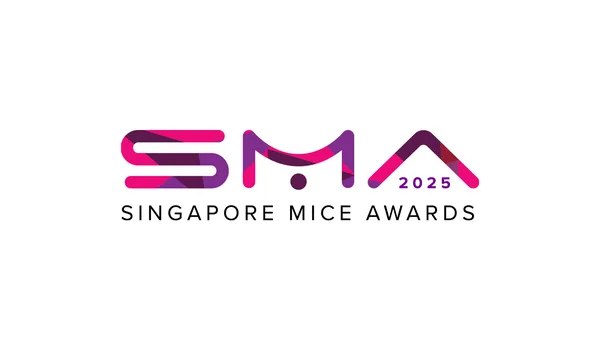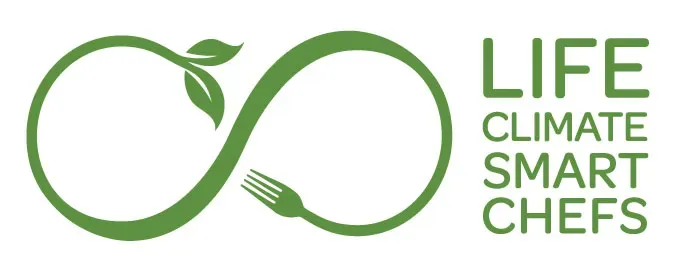Moai Caviar is known as ‘Umibudo’, the Japanese word for ‘Sea Grapes’ or ‘Green Caviar’. An edible seaweed with tiny bubbles on its stems, which remind us of a small bunch of green grapes or fish roe.
Fresh Seagrapes
The bubbles break easily on the tongue, releasing a slightly salty taste of southern sea freshness. When used raw it is a visually attractive ingredient with a gel-like, aqueous mouth-feeling.
The Caviar of Seaweeds
Jonnie Boer (De Librije***)
Dutch 3-Michelin-star chef Jonnie Boer (De Librije *** – Zwolle, The Netherlands) calls it “The caviar of seaweeds” and is very happy with this Dutch version of this seagrape. Together with chef Nelson Tanate they are Moai Caviar in a recently introduced signature dish with oysters, goat cheese, different pickles and salty vegetables.
Really Fresh
Until now the sea grapes were only available in preserved brine water. With the Moai Caviar this period came to an end. The preserved version is being harvested on the reefs of the Pacific subtropical waters. Before using this preserved version you have to rinse them in tap water to desalinate, the unique bubble-structure comes back partly. With the alternative, the Koppert Cress grown Moai Caviar, you always have the freshest original experience, special mouth-feeling and is ready-to-use.
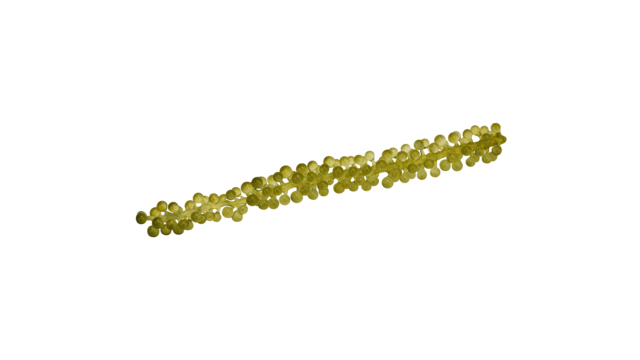
Rinse lightly, remove access moisture and eat it raw like sashimi. Exposing Moai Caviar quickly to ice water, will enhance the texture and improve the taste. Be careful not to apply dressing from above, because the sea grapes will wither as a result.
Origin

The origin of the word ‘Moai’ is derived from a group of elders in Okinawa, Japan, one of the original Blue Zones. Koppert Cress has always been inspired by the Blue Zones. These live-long friends live an extraordinarily better and longer life than almost anyone else in the world. The origin of the Moai Caviar is traced back to the area of Japan, the Philippines, Thailand and Vietnam. In their natural habitat, the plants grow very fast and are an important source of healthy nutrition for the locals. The sea grapes are being used in a traditional way as salty vegetables, contain some valuable nutrients and all parts of the plants are edible.
Jelly, Aqueous, Salty
For more information on Maoi Caviar including taste, origin, and availability, visit www.koppertcress.com/en/producten/moai-caviar.
You’ll find the product sheet, related recipes, dish suggestions, taste friends and more.
Explore the world of plants and select your perfect match with Koppert Cress’ CRESSSELECTOR tool at www.koppertcress.com.

